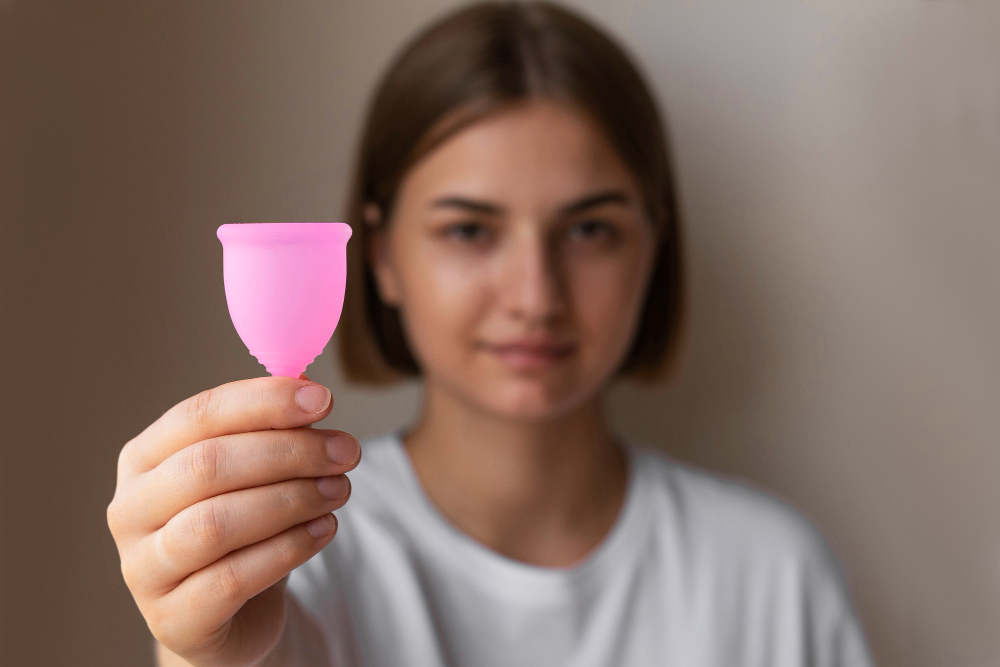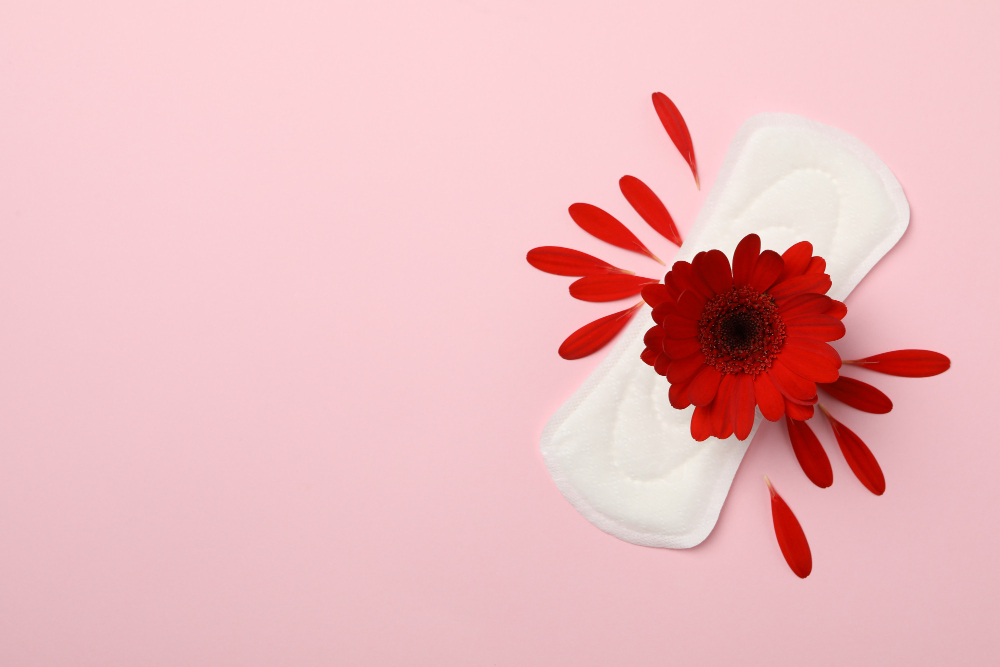
How to Insert a Menstrual Cup
Gail J. Gillmore
- 0
- 90
Menstrual cups have gained popularity as a sustainable, cost-effective, and comfortable alternative to traditional menstrual products like tampons and pads. Made from medical-grade silicone, rubber, or latex, menstrual cups collect menstrual fluid rather than absorbing it, offering up to 12 hours of protection. For those new to menstrual cups, the idea of inserting one can seem daunting. However, with the right technique and a bit of practice, many find menstrual cups to be a game-changer for managing their periods. This article provides a comprehensive guide on how to insert a menstrual cup correctly and comfortably.
Understanding Menstrual Cup Basics
Before attempting to insert a menstrual cup, it’s crucial to understand its anatomy and functionality. A menstrual cup is a bell-shaped device with a stem at the bottom for easy removal. Most brands offer cups in various sizes, typically based on age, childbirth history, and flow intensity. Selecting the right size ensures comfort and prevents leaks. Familiarizing yourself with your menstrual cup by reading the instructions provided by the manufacturer is an essential first step.
Preparation and Hygiene
Hygiene is paramount when handling and inserting a menstrual cup. Begin by washing your hands thoroughly with soap and water. It’s also recommended to sterilize the menstrual cup before the first use of each cycle by boiling it in water for a few minutes, following the manufacturer’s instructions. Ensuring that both your hands and the cup are clean minimizes the risk of infection.
Folding Techniques for Easier Insertion
The key to a comfortable insertion lies in effectively folding the menstrual cup to reduce its diameter, making it easier to insert. There are several folding techniques, including the “C fold” (folding the cup in half vertically to form a C shape) and the “Punch Down fold” (pushing one side of the cup down to the opposite base, creating a narrower point). Experimenting with different folds can help you find the one that works best for you.
Inserting the Menstrual Cup
Once you’ve chosen a fold, find a comfortable position that allows you easy access to your vaginal opening—this could be sitting on the toilet, squatting, or standing with one leg raised. Relax your muscles, then gently separate the labia with one hand. With the other hand, hold the folded cup and guide it rim-first into your vagina, aiming it back towards the base of your spine. The cup should sit lower than a tampon, but well within the vagina. Once the cup is in place, release the fold to allow it to open and create a seal against the vaginal walls. Rotating the cup slightly or running a finger around its base can help ensure it’s fully unfolded and positioned correctly.
Checking for Proper Placement
After insertion, it’s essential to check that the cup has opened fully to prevent leaks. You can do this by feeling around the base of the cup; it should feel round or oval. If you detect any folded areas, gently grip the base of the cup (not the stem) and rotate it to encourage it to open fully. If positioned correctly, the menstrual cup should not be felt and should not cause any discomfort.
Practice Makes Perfect
Inserting a menstrual cup can take a bit of practice, but many women find the learning curve to be well worth the benefits. Remember, it’s normal to need a few tries to feel comfortable and confident with the process. With patience and practice, using a menstrual cup can become an easy and reliable part of your menstrual routine. Always refer to the manufacturer’s instructions for specific recommendations regarding insertion, use, and care of your menstrual cup, and consult with a healthcare provider if you have concerns about fit or comfort.


